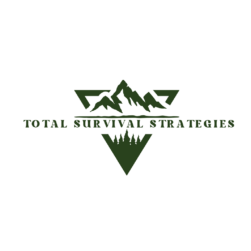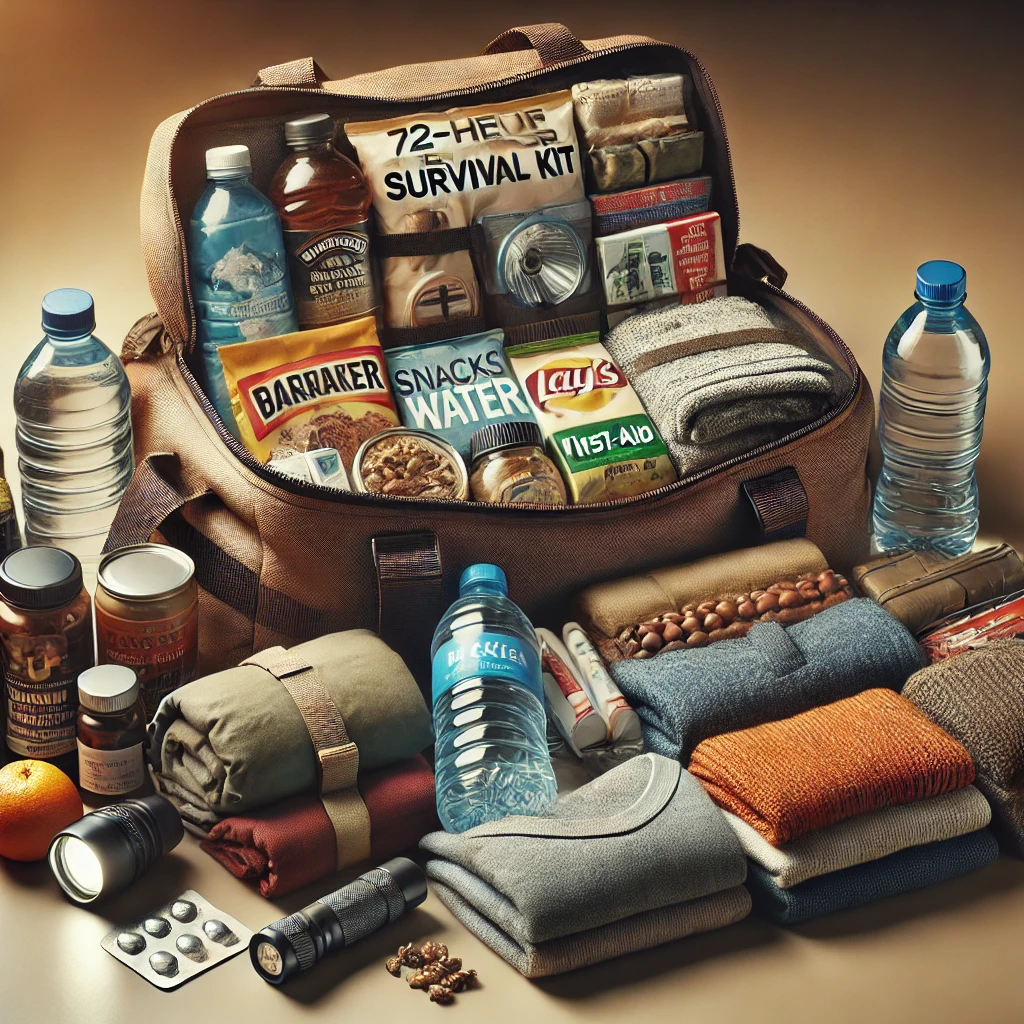Understanding Family Needs for Survival
The next step in your prepping journey is to assess the needs of everyone in your family. Whether it’s just you, you and a spouse, or includes children and elderly relatives, each individual’s requirements will differ.
Personalized Needs: Each family member has unique dietary needs and preferences. Estimate their caloric and water requirements and take note of any dietary restrictions or allergies. Additionally, consider how much each person can physically carry if you need to evacuate quickly. Bug out bags should be packed with essentials that each person can manage on their own for extended periods.
Medical Requirements: Evaluate the medical needs of everyone. This includes regular medications, first-aid supplies, and any special medical equipment. Prepare for these needs in your plans, ensuring you have a sufficient stockpile.
Mental Health and Entertainment: Don’t overlook mental health. Survival situations are stressful and physically taxing. Ensure you have items that provide comfort and relief, like books, games, or other forms of entertainment that can boost morale.
Short and Long-term Preparations: Consider both short-term and long-term scenarios. In a weather disaster or grid-down situation, immediate needs will differ from a prolonged event that lasts weeks, months, or even years. Start with essentials for short-term emergencies and gradually build up supplies for more extended situations.
Pets: Your pets are part of the family, too. Plan for their needs to ensure they’re safe and taken care of during emergencies. This includes food, water, medications, and any special care they require.
Assessing your family’s needs is a crucial step in your survival prepping. By tailoring your plans to each individual, you can better ensure everyone’s safety and well-being, no matter what comes your way.
Starting Your Survival Prepping Journey
We all hope that life will carry on smoothly, without the need for drastic survival measures. But as we’ve seen, unexpected events can and do happen. It’s always better to be prepared and not need it than to be caught off guard.
Your survival prepping journey begins with understanding the basics. First, assess the potential risks in your area. Are you prone to natural disasters like hurricanes, earthquakes, or floods? Knowing the threats can guide your preparation.
Create a Plan: Start by creating a detailed survival plan. This should include:
- Emergency Contacts: A list of family, friends, and local emergency services.
- Meeting Points: Safe locations where you can regroup if separated.
- Evacuation Routes: Multiple routes to exit your area safely.
Gather Supplies: Next, gather essential supplies. This includes water, non-perishable food, first-aid kits, and necessary medications. Aim for at least a three-day supply, but a two-week stockpile is even better.
Build Skills: Invest time in learning survival skills. Basic first-aid, fire-starting, and navigation without GPS are crucial. These skills will be invaluable if modern conveniences fail.
Stay Informed: Keep informed about the latest news and weather updates. Having a battery-powered or hand-crank radio can be a lifesaver when power is out.
Stay Flexible: Your plan should be adaptable. Revisit and update it regularly as situations change or new threats emerge.
Essential Supplies and Strategic Planning
The next step in becoming a survival prepper is creating a comprehensive plan that encompasses both supplies and strategies. Here’s how to get started:
Prioritize Supplies: Begin by analyzing likely survival scenarios, your family’s needs and preferences, and your budget. If you’re on a tight budget, start with simple steps like picking up extra canned goods during regular grocery shopping trips. Even small actions move you closer to preparedness.
Essential Needs: Water is your top priority since you can survive longer without food than without water. Don’t just stockpile bottled water; also invest in methods to purify contaminated water and collect rainwater.
Solar Gadgets: Having solar-powered gadgets can be a lifesaver when the power goes out. These can provide essential electricity during weather-related outages or other grid failures. You’ll need lighting options, batteries, and security measures to protect your property.
Long-Term Preparations: Think ahead and gather supplies for long-term survival. Gardening tools for growing and preserving your own food are crucial. Backup parts for essential items, like your car or medical devices, are also important—supply chains can be disrupted, as seen during the pandemic.
Skills and Strategies: Supplies alone aren’t enough; you also need to develop crucial skills. Self-defense is paramount. Consider classes in Krav Maga or Karate, tailored to each family member’s capabilities. Learning to protect oneself both with and without weapons is essential.
The Gray Man Approach: Adopt a “gray man” strategy—blend into your surroundings and avoid drawing attention. This means dressing inconspicuously and not sharing details about your preparations with others. Teach your kids the importance of keeping family plans private to avoid becoming a target.
Gardening Skills: Gardening is a valuable skill that takes time to master. Start now to overcome the learning curve and ensure you can grow and harvest your own produce when needed.
Bartering Skills: Bartering can be a vital strategy during emergencies. Learning how to trade skills and supplies effectively can help you obtain items you may not have. For example, you could offer first-aid assistance or car repairs in exchange for a solar-powered generator.
By combining well-planned supplies with strategic skills, you’ll be better prepared for any situation. Start small, stay consistent, and gradually build up your preparedness to ensure a secure future.
We are a participant in the Amazon Associates Program. As an Amazon Associate we earn from qualifying purchases with no additional cost to you. We appreciate your support. Read our complete Affiliate Disclaimer here.



